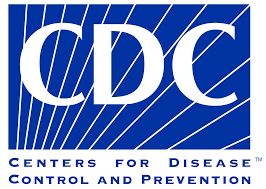
Health Effects of Lead
Health effects of lead
Lead is a naturally occurring mineral. Lead and lead compounds can be found in many places. These places include soil, air, paint, ceramics, pipes and plumbing materials, solders, gasoline, batteries, and cosmetics.
Lead can cause serious health problems if too much enters your body from drinking water or other sources. It can cause damage to the brain and kidneys and affect the production of red blood cells that carry oxygen to all parts of your body. The greatest risk of lead exposure is to infants, young children, and pregnant women. To read more about specific symptoms of lead poisoning click here.
There is no safe blood lead level for children under six years old. Lead poisoning can lead to brain and nervous system damage, slowed growth and development, behavioral, learning and emotional problems, and hearing and language issues. Lead can be found many places in a child’s environment, including old paint, soil, and old toys.
Lead exposure can be very harmful to pregnant women and their unborn children. During pregnancy, the child receives lead from the mother’s bones, which may affect brain development. Prenatal lead exposure has known harmful effects on the mother and child’s health across a wide range of the mother’s blood lead levels. Some of these effects include gestational hypertension, spontaneous abortion, low birth weight, and impaired neurodevelopment. For more information on lead exposure during pregnancy click here.
General symptoms of lead poisoning vary based on the person. Some symptoms may include abdominal or joint pains, slow growth and cognitive development, fatigue and loss of appetite, hyperactivity, and irritability. For adults over the age of sixty-five, lead can be extremely harmful. As lead builds up on their body over time, it can cause cognitive impairment, hypertension and kidney health issues.
For more information on lowering your chances of exposure to lead, please visit the additional resources links below.




